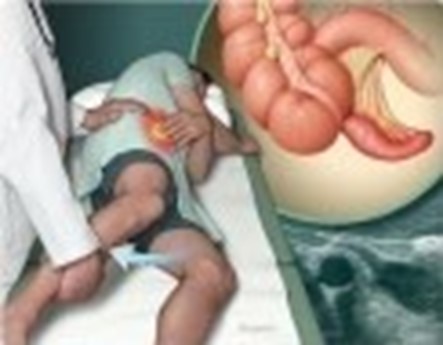A young adult patient is admitted to the hospital for evaluation of right lower quadrant abdominal pain with nausea and vomiting. Which action should the nurse take?
Palpate the abdomen for rebound tenderness.
Suggest the patient lie on the side, flexing the right leg.
Assist the patient to cough and deep breathe.
Encourage the patient to sip clear, non-carbonated liquids.
The Correct Answer is B
The nurse should suggest the patient lie on the side, flexing the right leg². This position may help relieve pain and reduce tension in the abdominal muscles¹. Palpating the abdomen for rebound tenderness (a) may cause pain and should be avoided¹. Assisting the patient to cough and deep breathe (c) may be helpful for respiratory issues but not for abdominal pain¹. Encouraging the patient to sip clear, non-carbonated liquids (d) may be helpful for hydration but does not address the abdominal pain¹.

Nursing Test Bank
Naxlex Comprehensive Predictor Exams
Related Questions
Correct Answer is A
Explanation
In acute adrenal insufficiency, also known as Addison's disease, the adrenal glands are unable to produce enough cortisol and aldosterone hormones. These hormones play an important role in regulating sodium and potassium levels in the body. Therefore, a patient with acute adrenal insufficiency may have low sodium and high potassium levels in their blood.
The goal of therapy is to replace the deficient hormones and normalize the electrolyte levels in the body. If the current therapies are effective, the nurse would expect to see an increase in the patient's serum sodium levels because of aldosterone replacement therapy. Therefore, option a is the correct answer.
Decreasing serum chloride levels and decreasing blood glucose levels are not directly related to the treatment of acute adrenal insufficiency. In fact, a patient with acute adrenal insufficiency may have low serum chloride levels and low blood glucose levels due to the lack of cortisol hormone.
Increasing serum potassium levels would be an indicator of ineffective treatment or inadequate aldosterone replacement therapy, as aldosterone helps to regulate potassium levels in the body.
Correct Answer is C
Explanation
Nausea and vomiting are common symptoms of early pregnancy, and abdominal pain can also occur due to various pregnancy-related conditions. Therefore, it is essential to rule out pregnancy as a potential cause of the patient's symptoms before pursuing other diagnostic options.
Once pregnancy has been ruled out, the nurse can ask additional questions such as those listed in options a, b, and d to further narrow down the potential causes of the patient's symptoms.

Whether you are a student looking to ace your exams or a practicing nurse seeking to enhance your expertise , our nursing education contents will empower you with the confidence and competence to make a difference in the lives of patients and become a respected leader in the healthcare field.
Visit Naxlex, invest in your future and unlock endless possibilities with our unparalleled nursing education contents today
Report Wrong Answer on the Current Question
Do you disagree with the answer? If yes, what is your expected answer? Explain.
Kindly be descriptive with the issue you are facing.
